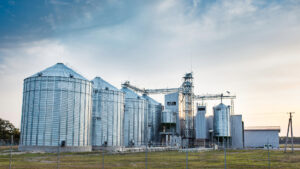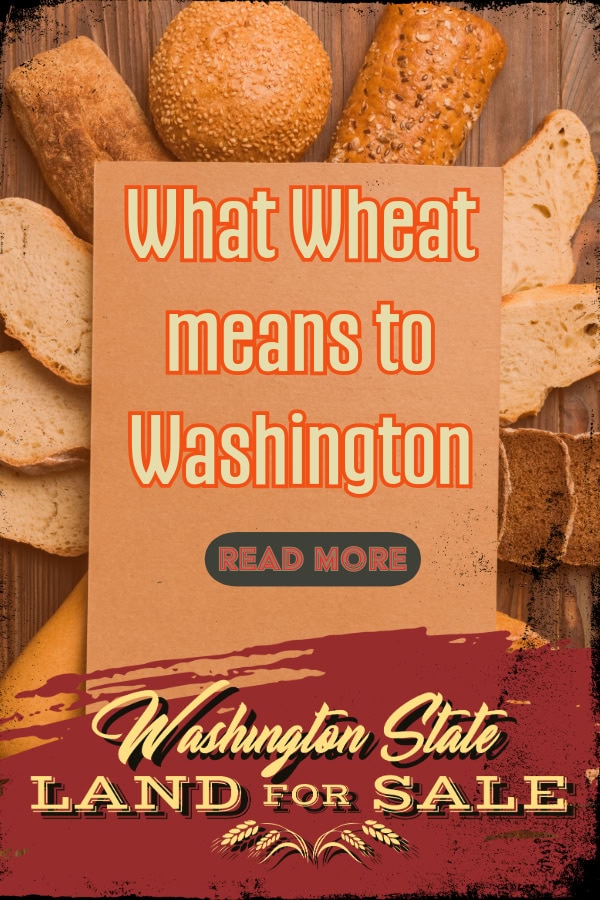Harvesting wheat in Washington State is a significant agricultural activity, deeply intertwined with the region’s economy and cultural heritage. Washington is one of the leading wheat-producing states in the U.S., thanks to its diverse climate and fertile soils. The process of wheat harvesting in this state is both a traditional practice and a highly mechanized operation, reflecting the advancements in agricultural technology and the resilience of farming communities.
 The wheat harvest season in Washington typically begins in late July and extends through September. The timing varies depending on the specific region within the state. Eastern Washington, characterized by its semi-arid climate and rolling hills of the Palouse region, is particularly renowned for its wheat production. This area benefits from a combination of rich loess soils and favorable weather patterns, making it ideal for growing high-quality wheat.
The wheat harvest season in Washington typically begins in late July and extends through September. The timing varies depending on the specific region within the state. Eastern Washington, characterized by its semi-arid climate and rolling hills of the Palouse region, is particularly renowned for its wheat production. This area benefits from a combination of rich loess soils and favorable weather patterns, making it ideal for growing high-quality wheat.
Farmers in Washington predominantly grow two types of wheat: winter wheat and spring wheat. Winter wheat is planted in the fall, goes dormant over the winter, and is harvested in the summer. Spring wheat, on the other hand, is planted in the spring and harvested later in the summer. The choice between these types often depends on the specific conditions and crop rotation plans of individual farms.
The harvesting process itself has evolved significantly over the years. Modern combines, which are large, sophisticated machines, dot the landscape during harvest time. These combines cut the wheat, separate the grain from the chaff, and collect the kernels in a single pass through the field. This mechanization has dramatically increased efficiency and productivity, allowing farmers to harvest vast areas quickly and with less labor compared to traditional methods.
Despite the advancements in technology, the wheat harvest remains a labor-intensive and community-focused endeavor. Families and communities often come together to support the harvesting activities, reflecting a deep-rooted sense of camaraderie and mutual aid. Additionally, the harvest season is a critical time for the local economy, with grain elevators and transportation services working at full capacity to handle the influx of wheat.
So while you’re cruising through the countryside this summer past fields fading from green to gold, remember, it’s not just grass, it’s the modern evolution of a centuries-old grain that feeds people, wildlife, and communities.
